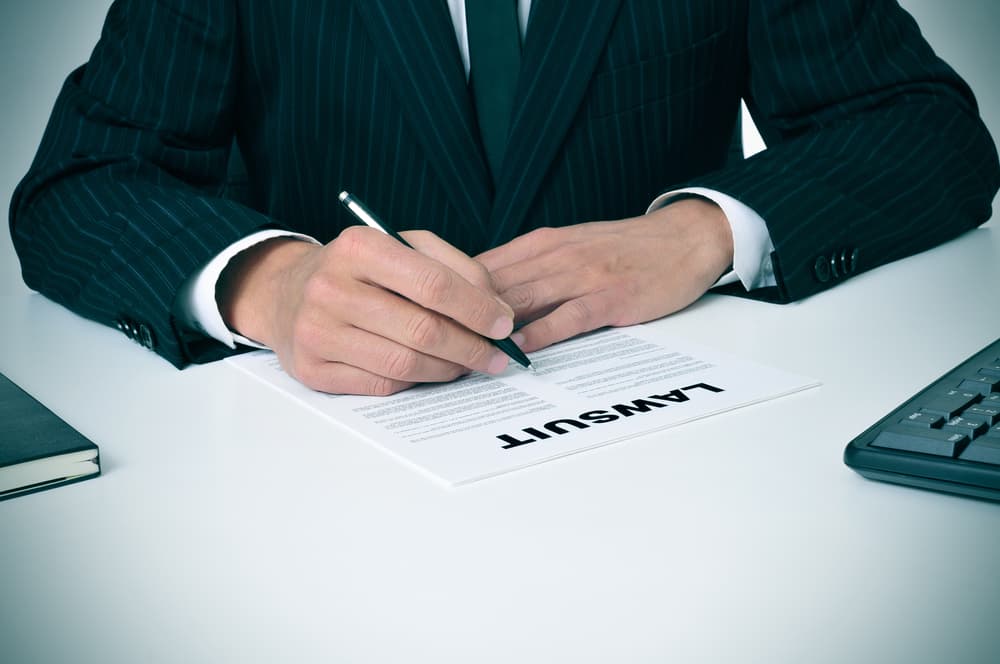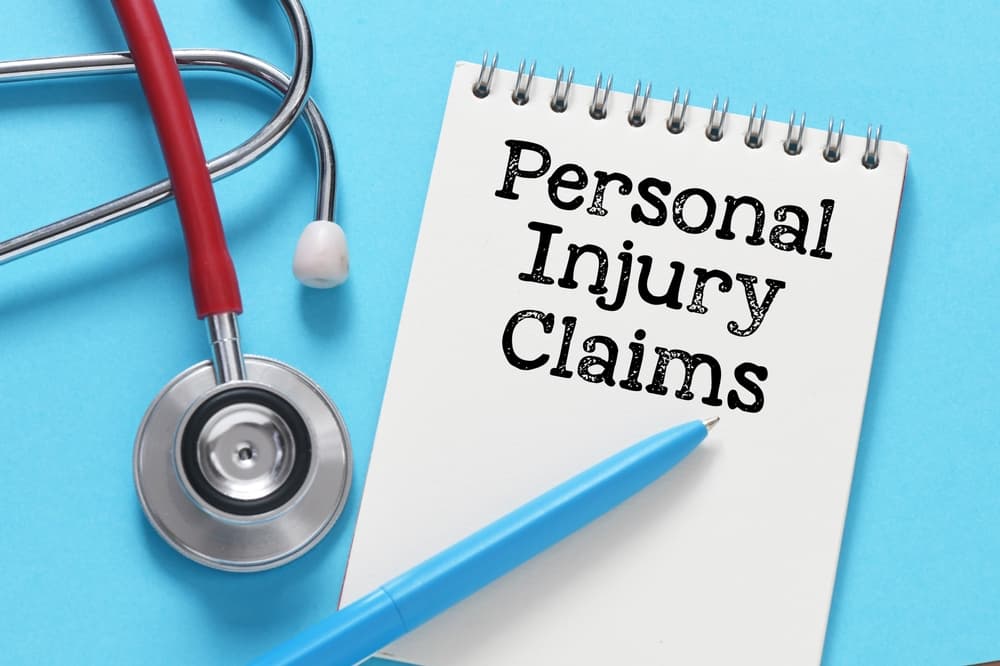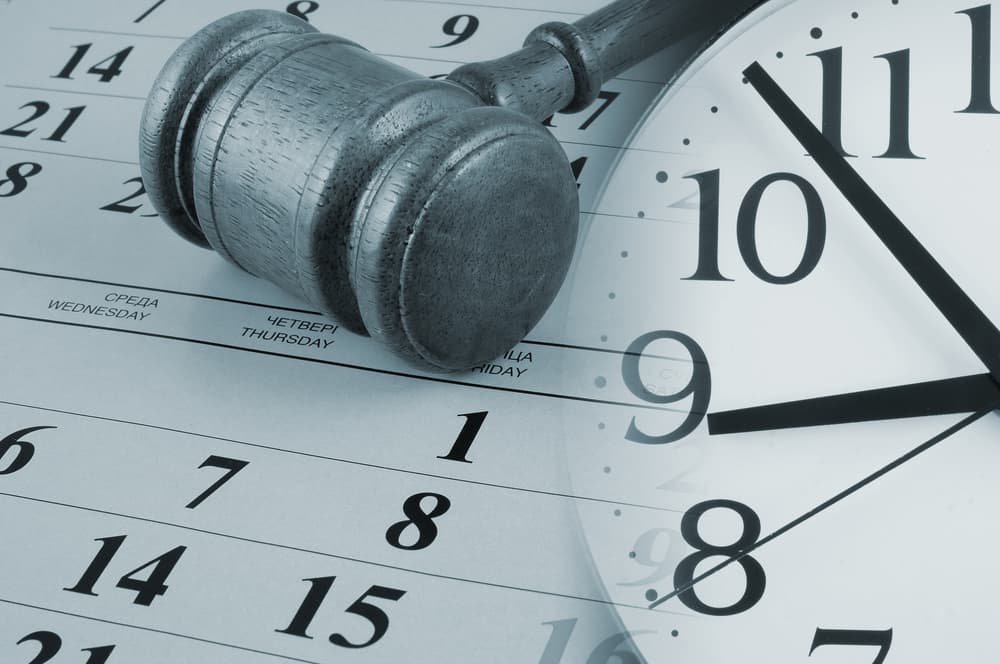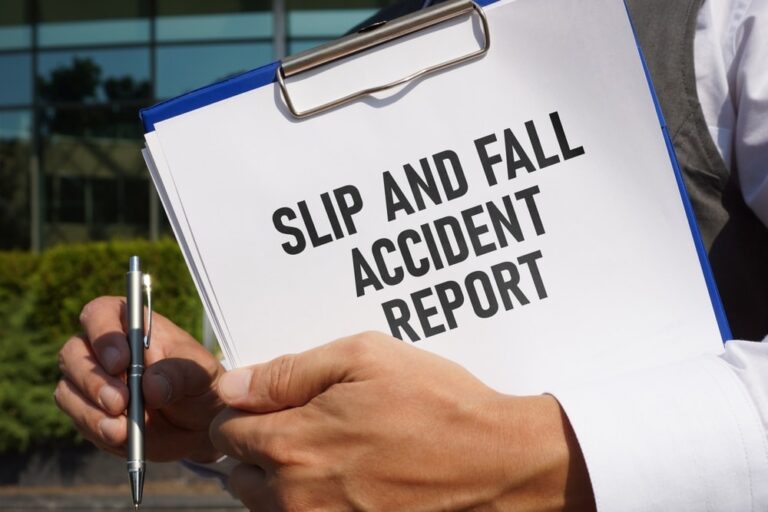Key Takeaways:
- Personal injury lawsuits can take months to several years, depending on case complexity, court schedules, and appeals.
- The process includes medical treatment, investigation, negotiation, filing a lawsuit, discovery, pre-trial motions, and trial if needed.
- Insurance negotiations often happen first, but if no fair settlement is reached, a lawsuit may be necessary.
- Discovery and pre-trial stages can add significant time but are crucial for building a strong case.
- An experienced lawyer helps navigate delays, maximize compensation, and set realistic expectations about your case timeline.
If you’ve suffered an injury due to someone else’s negligence or wrongdoing, you may be considering filing a personal injury lawsuit to seek compensation for your damages. One of the first questions many people have is: how long will the process take? The answer depends on various factors, but personal injury lawsuits generally take several months to a few years to resolve.
Let’s go over the timeline of a typical personal injury case and discuss the key factors that can impact how long your case may take. If you’re looking for guidance on your specific situation, it’s best to consult an experienced personal injury lawyer who can evaluate your case and give you a more precise estimate.
The key thing to remember is that patience is key during the personal injury process. Even if your case takes longer than you expected, it’s likely because your Madison personal injury lawyer is fighting for maximum compensation.
Seeking Medical Treatment
The priority after sustaining an injury should be to seek appropriate medical care. Even if your injuries seem minor initially, getting checked out by a doctor as soon as possible is important. Some injuries, like concussions or soft tissue damage, may not be immediately apparent but can lead to chronic issues if left untreated. Additionally, promptly seeking medical attention helps establish a clear link between the accident and your injuries, which is beneficial for any personal injury claim.
Depending on the severity of your injuries, your treatment may be fairly brief, or it can be an ongoing process. For example, a sprained ankle might require a few weeks of rest, ice, and physical therapy.
More serious injuries, like spinal cord damage or traumatic brain injuries, can necessitate surgeries, lengthy rehabilitation, and lifelong care. Your personal injury lawyer will need to wait until you’ve reached maximum medical improvement (MMI) before they can comprehensively evaluate your damages. MMI means that your condition has stabilized and is unlikely to improve further with additional treatment.
Investigating and Building Your Case
While you focus on your physical recovery, your personal injury attorney will work diligently to investigate the accident, gather evidence, and build a strong case. This process can take several weeks to a few months, depending on the complexity of your case and how readily available the evidence is.
Your lawyer will start by obtaining a copy of the official accident report if one exists. Your attorney will also gather your medical records and bills related to the accident, as these help paint a picture of the extent of your injuries and the costs you’ve incurred. If there were eyewitnesses to the accident, your attorney will try to track them down and get their statements. In some cases, expert witness testimony from accident reconstructionist, medical professionals, or other specialists may be necessary to prove liability or damages.
If your accident was caught on surveillance footage or dashcam video, your lawyer will work to obtain a copy of the video evidence. In premises liability cases, like slips and falls, your attorney may need to investigate the property owner’s maintenance records and policies. For defective product cases, your lawyer must research the product’s design, manufacturing, and any prior complaints or lawsuits.
Throughout the investigation process, your personal injury lawyer will also assess your case’s potential value. They will consider factors like the severity of your injuries, the length of your recovery, any long-term impacts on your health and earning capacity, and the strength of the liability case against the defendant(s). This valuation helps inform your lawyer’s negotiation strategy and gives you a sense of what a fair settlement might look like.
Negotiating with Insurance Companies
In most personal injury cases, your lawyer will first attempt to negotiate a settlement with the at-fault party’s insurance company before filing a lawsuit. This process can take a few weeks to several months, depending on the insurer’s responsiveness and the complexity of the case.
Your attorney will draft a demand letter to the insurance company outlining the facts of the case, the extent of your injuries and damages, and the compensation you seek. The insurance adjuster will review the demand and respond with an initial settlement offer, usually much lower than the amount demanded.
From there, your lawyer and the adjuster will participate in back-and-forth negotiations, each making counteroffers until they can reach an agreement. These negotiations can take some time, as your attorney must review each offer, discuss it with you, and decide on the appropriate response.
Sometimes, the insurance company may refuse to make a fair settlement offer, dispute liability, or try to shift blame onto you. If a settlement can’t be reached through negotiations, your personal injury lawyer may recommend filing a lawsuit to pursue the compensation you deserve.
Filing a Lawsuit
If your personal injury case can’t be resolved through settlement negotiations, the next step is to file a lawsuit. This involves drafting a complaint that lays out the facts of the accident, the legal basis for holding the defendant(s) liable, and the damages you are seeking. Your attorney will file the complaint with the appropriate court and serve it on the defendant(s).
In most states, the statute of limitations for personal injury lawsuits is two to three years from the date of the injury. This means you have a limited window to file your lawsuit or risk losing your right to seek compensation through the court system.
Once the lawsuit gets filed, the defendant(s) will have a certain amount of time (usually 30 days) to file an answer to the complaint. The answer will typically deny liability and raise any defenses the defendant(s) plan to use.
Discovery Phase
After the complaint and answer are filed, the case enters the discovery phase. This is the period where both sides exchange information and evidence related to the case. Depending on the complexity of the case and the level of cooperation between the parties, the discovery process can take several months to a year or more.
During discovery, your personal injury lawyer will use various tools to gather information from the defendant(s), including:
- Interrogatories: Written questions the defendant(s) must answer under oath.
- Requests for Production: Demands for the defendant(s) to provide relevant documents, such as maintenance records, internal communications, or surveillance footage.
- Depositions: Oral testimony given under oath by parties and witnesses in the case. Your lawyer will have the opportunity to question the defendant(s) and any hostile witnesses, while the defense attorney will likely depose you and your supporting witnesses.
- Subpoenas: Legal orders compelling third parties, such as banks or medical providers, to produce relevant records.
The discovery phase is key to building a strong case and uncovering evidence that may not have been available during the initial investigation. It’s also an opportunity for your personal injury attorney to assess the strength of the defendant’s case and identify any weaknesses to exploit at trial.
As discovery progresses, both sides will better understand the case’s strengths and weaknesses. This often spurs settlement negotiations, as the parties may be more motivated to resolve before incurring the costs and uncertainties of a trial. Sometimes, the judge may order the parties to participate in mediation or a settlement conference to encourage an out-of-court resolution.
Pre-Trial Motions and Hearings
The case will enter the pre-trial stage as the discovery phase winds down. During this time, both sides will file various motions and attend hearings to resolve disputes and narrow down the issues for trial.
Common pre-trial motions in personal injury cases include:
- Motions to Compel: If one side fails to provide requested information or documents during discovery, the other side can file a motion asking the court to order compliance.
- Motions for Summary Judgment: The defendant(s) may file a motion arguing that there are no disputed facts and that they are entitled to judgment as a matter of law. This motion can effectively end the case in the defendant’s favor without a trial if granted.
- Motions in Limine: These motions seek to exclude certain evidence, such as irrelevant or prejudicial information, from being presented at trial.
The pre-trial stage can take several months, depending on the court’s schedule and the complexity of the issues involved. During this time, your personal injury lawyer will work hard to build the strongest possible case for trial while continuing to explore settlement opportunities.
Trial
Your personal injury case will proceed to trial if a settlement can’t be reached. The length of the trial will depend on factors like the complexity of the case, the number of witnesses, and the court’s schedule. A simple case may be resolved in a day or two, while a more complex case can take several weeks.
At trial, your personal injury lawyer will present your case to a judge or jury, calling witnesses and introducing evidence to support your claim. The defendant’s attorney can cross-examine your witnesses and present their case. After both sides have presented their arguments, the judge or jury will deliberate and render a verdict.
If the verdict is in your favor, the judge will enter a judgment specifying the amount of damages you are entitled to receive. However, the case may not end there. The defendant may file post-trial motions challenging the verdict or the damages award. If these motions are denied, the defendant may file an appeal, which can delay the resolution of your case by several more months or even years.
Collecting Your Judgment
If you prevail at trial and the defendant exhausts their appeals, you will be entitled to collect the damages awarded by the court. Sometimes, the defendant may simply write a check for the full amount. However, if the defendant refuses to pay or claims an inability to pay, you may need to take further legal action to enforce the judgment.
Your personal injury attorney can explore your options for collecting your judgment, which may include:
- Wage garnishment: If the defendant is employed, you may have to garnish their wages until the judgment is satisfied.
- Property liens: You may place a lien on the defendant’s real estate or personal property, which can prevent them from selling or transferring the assets until your judgment is paid.
- Asset seizure: In some cases, you can obtain a court order to seize the defendant’s bank accounts, vehicles, or other assets to satisfy the judgment.
Factors That Can Impact the Timeline
While the above overview provides a general sense of the personal injury lawsuit process, every case is unique, and various factors can impact the timeline.
Some of these factors include:
- Defendant’s cooperation: If the defendant is uncooperative or uses delay tactics, your case can be slowed down.
- Court backlogs: Overcrowded court dockets can delay scheduling trials and hearings.
- Appeals: If either side files an appeal, it can add months or even years to the timeline.
- Settlement negotiations: Cases that settle before trial generally resolve faster than those that proceed to trial and appeals.
An experienced personal injury lawyer can set realistic expectations for your case’s timeline and work to resolve it as efficiently as possible. They will also keep you informed throughout the process, so you do not wonder why the process is taking longer than you imagined.
Consult with an Experienced Personal Injury Lawyer
The length of a personal injury lawsuit can vary widely depending on the specific circumstances of your case. While some cases may be resolved in months, others can take years to reach a final resolution. Factors like case complexity, the defendant’s cooperation, court schedules, and appeals can all impact the timeline.
If you’ve suffered an injury due to someone else’s negligence, the most important step you can take is to consult with an experienced personal injury lawyer. An attorney can evaluate your case, explain your legal options, and work to secure the compensation you need to move forward with your life.
Don’t try to go through the legal system on your own. Contact a skilled personal injury attorney today to discuss your case.
 Calls Answered 24/7
Calls Answered 24/7






